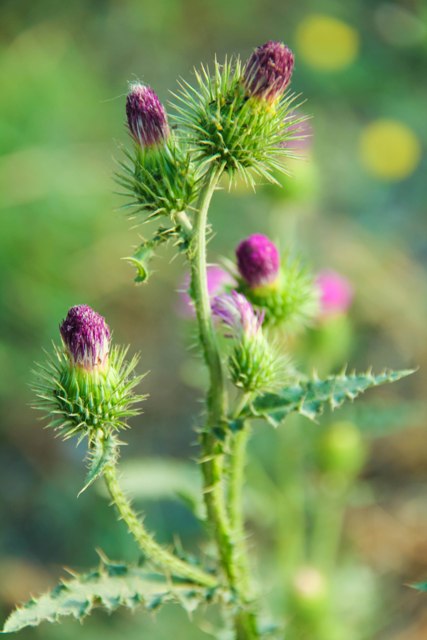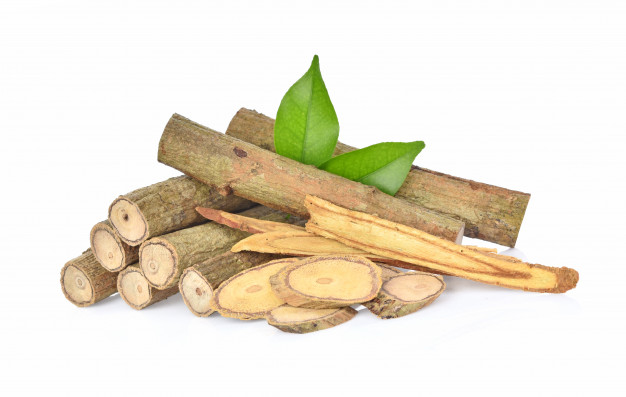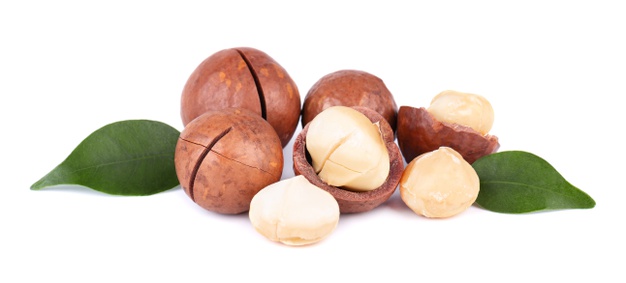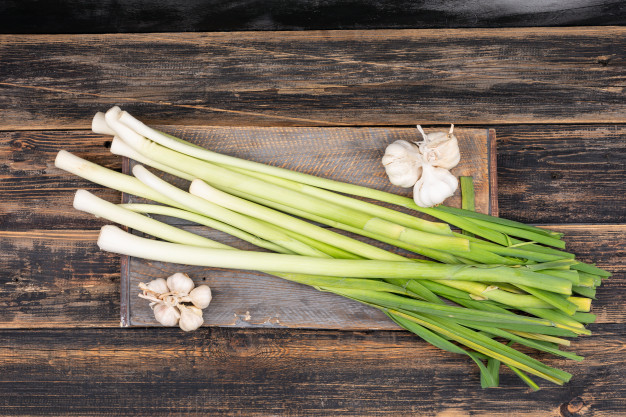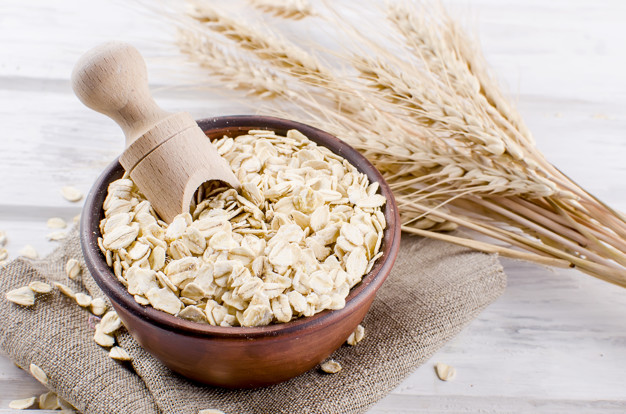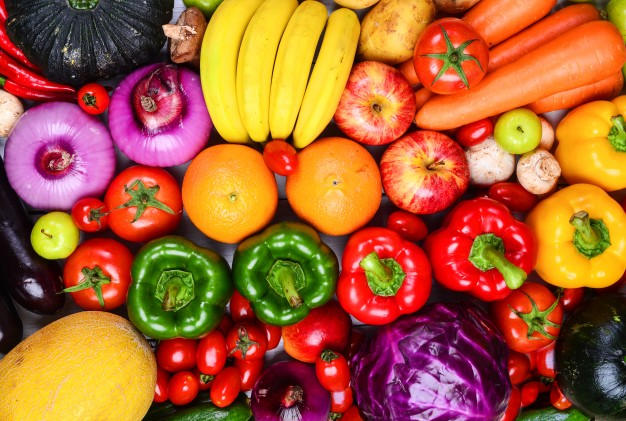Milk thistle is an important plant belongs to Daisy family. It derives its name from the milky sap, which comes out of the leaves of milk thistle when they are broken. It has been traditionally used for various medicinal purposes and offers numerous health benefits.
Biological activity
Antioxidant activity
- It exerts potent antioxidant activity that helps to protect the body from oxidative damages
- It is closely related with improving the level of glutathione in body, which is an important antioxidant thus its consumption is thought to be very effective for restoring antioxidant level in body
- It plays vital role in neutralizing free radicals thus helps in protecting the body from their detrimental effects
- It is also related with preventing the oxidation of lipid, which is considered as one of the leading causes of cardiovascular diseases
- Moreover it plays significant role in preventing oxidative stress thus helps in reducing the susceptibility of developing chronic diseases
Anti-inflammatory activity
- It plays significant role in preventing inflammation as it exhibits powerful anti-inflammatory activity
- It helps to delay the onset of inflammatory events within body by reducing the level of inflammatory markers, as a result decreases the susceptibility of developing chronic inflammatory diseases
- It also helps to prevent swelling and pain

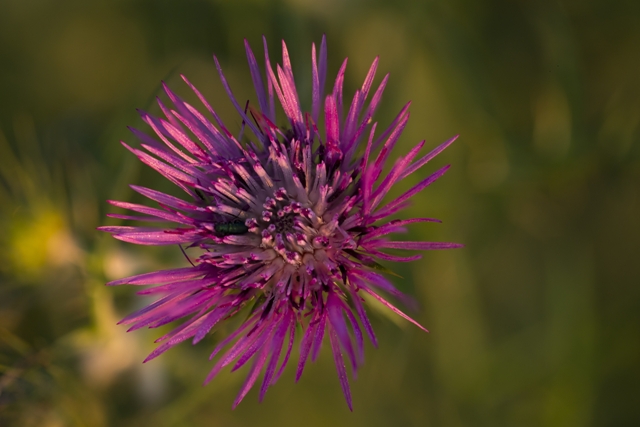
Anti-carcinogenic activity
- Silymarin component of milk thistle exhibits powerful anti-carcinogenic activity that significantly reduces the prevalence of carcinoma
- Its oxidative stress reducing capacity is also responsible for reducing the risk of developing cancers
- It helps to suppress the growth of malignant cells in body even it may destroy cancerous cells also
- It helps to prevent metastasis
- It is very effective for reducing the prevalence of colorectal cancer and liver cancer
Hypoglycemic activity
- It is extremely useful for decreasing insulin resistance thus plays vital role in reducing the prevalence of hyperglycemia
- It contains various important biologically active components that help in enhancing insulin sensitivity, which ultimately decreases blood sugar concentration
- It has seen that consumption of milk thistle extract significantly improves HbA1C and fasting blood sugar level
Hypolipidemic activity
- It exerts potent hypolipidemic activity and thus helps in reducing total body fat percentages
- Its consumption is closely associated with decreasing the concentration of LDL, which is considered as one of the risk factors of atherosclerosis
- Whereas it also helps in reducing the level of other fats in body like VLDL, triglyceride etc
- It is also related with improving the ratio of HDL and LDL in body thus its consumption is thought to be very helpful for improving lipid profile

Health benefits
Role on immunity
- It helps to improve the overall immunological responses of the body
- It significantly improves the resistance power of the body as a result lowers the susceptibility of becoming ill
- It also helps in protecting the immune cells from free radical induced oxidative damages thus promotes their activity, which ultimately strengthen the defense mechanism of the body
- It helps to make the body able to fight against infections as well, thus its consumption is thought to be very effective for reducing the risk of developing infectious diseases
Role on nervous system
- It has been traditionally used as an important preventive measure for neurological disorders
- Silymarin component of milk thistle has neuro-protective effect. It helps to protect every nerve cell from free radical induced oxidative damages as a result promotes their activity
- Its anti-inflammatory activity is also related with delaying the progression of neuro-inflammatory events thus helps to protect the brain from inflammatory damages
- It plays vital role in improving the symptoms of Alzheimer’s disease by decreasing the number of amyloid plaques in brain
- It also helps to improve the symptoms of Parkinson’s disease
- It helps in preventing mental decline
- It is also associated with improving memory and cognition


Role on skeletal system
- Its consumption is very useful for strengthening overall skeletal system
- It helps in promoting bone mineralization as a result it increases bone mass and bone mineral density, which subsequently decreases the prevalence of bone thinning
- Its consumption is tremendously useful for preventing bone loss. It is extremely helpful for delaying the bone loss among post menopausal women
- It helps to improve the symptoms of osteoporosis too
Role on hepatic health
- It has been traditionally used as an imperative remedial action for hepatic disorders
- It has been widely used by patients with hepatitis, liver cancer, alcoholic liver disease and non alcoholic fatty liver disease as an important complementary therapy
- Silymarin is one of the most important components of milk thistle that acts as antioxidant and helps to protect hepatic cells from free radical induced oxidative damages as a result helps in promoting their activity
- It plays vital role in protecting the liver from inflammatory damages as well, which is also associated with promoting hepatic health and functionality
- It helps in protecting the liver from toxins too
- It is better to include milk thistle in diet in order to prevent liver damages

Role on respiratory health
- It helps in reducing the susceptibility of developing various respiratory disorders especially asthma
- Its anti-inflammatory activity is accountable for preventing the inflammation of the airway as a result helps in improving the symptoms of asthma
- It plays important role in preventing pleurisy, swelling of lungs
- It also helps to reduce the susceptibility of developing allergic reactions
Role on skin
- It plays significant role in promoting overall skin health
- It is very effective for improving inflammatory skin condition especially acne
- It also helps in protecting the skin from free radical induced oxidative damages as a result decreases the prevalence of dermal disorders
- It is also associated with preventing aging
- Consumption of its extract or its topical application significantly improves skin texture and provide the skin a younger look
Therapeutic uses
It has been extensively used for various therapeutic purposes, which include –
- It is used as an important therapeutic substance for cardiac health. Its hypolipidemic activity plays vital role in reducing the risk of developing plaque within blood vessels thus helps to decrease the prevalence of blockage and atherosclerosis, which ultimately lowers the susceptibility of coronary artery disease, heart attacks and strokes
- It helps to prevent obesity by facilitating weight reduction
- It helps to improve the symptom of enlarged prostate as well
- It also helps to promote renal health
- It helps in preventing Multiple sclerosis
- It helps to prevent infertility too
- It is also associated with treating menstrual problems
- It helps to promote mood as well and plays vital role in reducing stress and depression
- It plays imperative role in promoting milk production and supply during lactation

General consideration of using milk thistle
- It is widely available in supplemented forms, so individual may consume milk thistle supplements and it is better to consult with a health expert regarding the dose of the supplements
- Extract of milk thistle can be consumed too
- It is also available in the form of tea so individual can consume milk thistle tea as well
Risk factors
- It’s over consumption may cause various digestive issues, like nausea, vomiting and diarrhoea
- It may also cause allergic reaction in some people
- Excessive consumption of milk thistle may also increase the risk of developing hypoglycemia
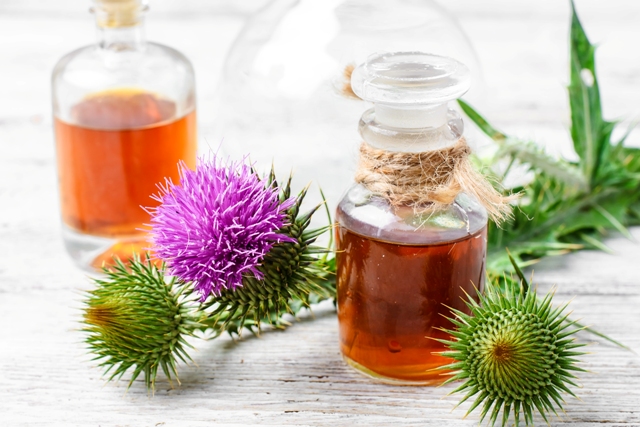
Source:
Albassam, A.A., Frye, R.F. and Markowitz, J.S., 2017. The effect of milk thistle (Silybum marianum) and its main flavonolignans on CYP2C8 enzyme activity in human liver microsomes. Chemico-biological interactions, 271, pp.24-29.
Choe, U., Li, Y., Gao, B., Yu, L., Wang, T.T., Sun, J., Chen, P. and Yu, L.L., 2019. The chemical composition of a cold-pressed milk thistle seed flour extract, and its potential health beneficial properties. Food & function, 10(5), pp.2461-2470.
Kaur, A.K., Wahi, A.K., Brijesh, K., Bhandari, A. and Prasad, N., 2011. Milk thistle (Silybum marianum): A review. IJPRD, 3, pp.1-10.
Mulrow, C., Lawrence, V., Jacobs, B., Dennehy, C., Sapp, J., Ramirez, G., Aguilar, C., Montgomery, K., Morbidoni, L., Arterburn, J.M. and Chiquette, E., 2000. Milk thistle: effects on liver disease and cirrhosis and clinical adverse effects: summary. In AHRQ Evidence Report Summaries. Agency for Healthcare Research and Quality (US).
Siegel, A.B. and Stebbing, J., 2013. Milk thistle: early seeds of potential. The lancet oncology, 14(10), pp.929-930.
